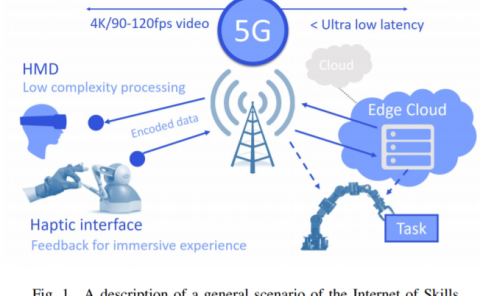Vegetation Rendering Optimization for Virtual Reality Systems
PubDate: May 2019
Teams: Tianjin University of Technology;Beijing Key Laboratory of Big Data Technology for Food Safety
Writers: Zilong Zhang; Xun Luo; Maria Gabriela Salazar Vaca; Danny Alberto Espinoza Castro; Yi Chen
PDF: Vegetation Rendering Optimization for Virtual Reality Systems

Abstract
As a result of the continuous evolution of virtual reality, using game engine for VR systems development is becoming popular. Rendering the geometrical components in a VR scene such as complex terrain, dense vegetation, building details etc. is a substantial computation task. Typical scene optimization methods include memory allocation, multi-threading, and Levels of Details (LOD). In this paper we experiment to address the challenge of vegetation rendering using a combination of optimization approaches. Experiments in the Unreal game engine show our approaches’ efficacy. Through parallel rendering, the rendering time is reduced by 50%. With LOD, the rendering speed of the scene has been improved by as much as 25%. The LOD transformation is processed frame-by-frame and is essentially seamless as it carries out an efficient rendering pass. Finally, by using the culling algorithm, and setting the attenuation distance and setting the attenuation range, the rendering efficiency is further optimized.


